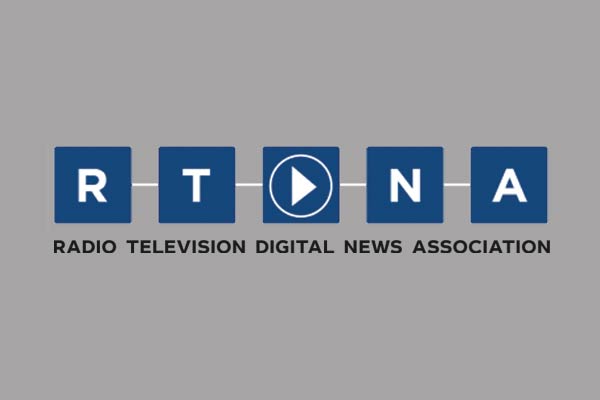(November 15, 2018) – The Radio Television Digital News Association (RTDNA) has developed a series of coverage guidelines to assist journalists, newsroom managers and station management with both common and uncommon ethical and operational situations which may arise. The guidelines have been prepared by journalists, managers and subject-area experts, and have been vetted by the RTDNA Ethics Committee. Click to get complete details.
The lengthy list of topics include:
Breaking News
Live Coverage
Using Telephone Calls On-Air
911 Calls
Bomb Threats
Guidelines for Mass Shootings
Shooting/Hostage Situation
Law Enforcement Action
Use of Police Scanners
Bioterrorism Guide
Preventing Plagiarism
Respecting Privacy
Using Confidential Sources
Evaluating Sources
Hidden Cameras
File Tape
User-Generated Content
Graphic Content
Identifying Juveniles
Interviewing Juveniles
Racial Identification
Reporting on a Suicide
Ethical Video and Audio Editing
Digital Manipulation
Non-Editorial Audio and Video
Amber Alerts
On-Air Charitable Solicitations
Social Media and Blogging
Balancing Business Pressures and Journalism Values
Death and Dying
Funerals
Avoiding Conflict of Interest
Ethical Promotions
Native Advertising
Working with Whistleblowers
Hurricanes and other natural disasters
Covering Civil Unrest
Guidelines for Journalist Arrests
